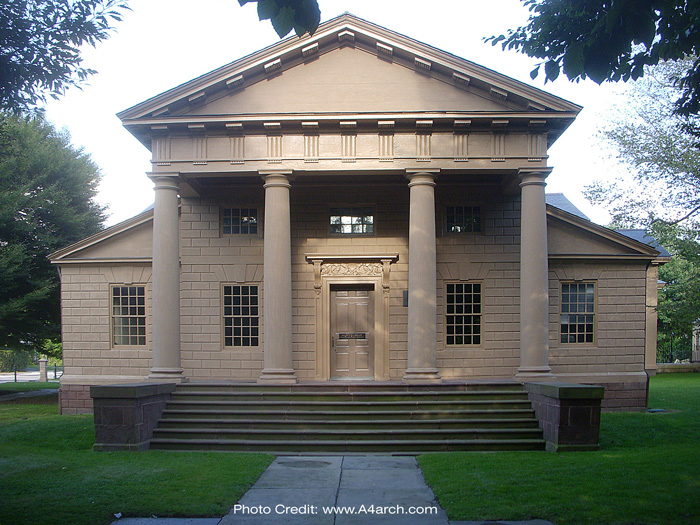This column has often lovingly called Newport the “Metropolitan Museum of Architecture” for the breadth and depth of its collection of important buildings from the colonial times through the early part of the nineteenth century. This audacious claim is based upon the extraordinarily high concentration of buildings individually listed on the National Register of Historic places and is supported by University of Virginia architectural history professor Richard Guy Wilson’s declaration in Ron Onorato’s AIA Guide to Newport (2007) that “Per square foot, Newport possesses more great architecture than any other American City.”
The drive to preserve historic places is a relatively recent phenomenon. The first significant mention of the need for historic preservation came in 1935 with the Historic Sites Act, which stated “it is a national policy to preserve for public use historic sites, buildings, and objects of national significance.” This was legislation was put in place largely to organize and codify the growing number of sites falling under government jurisdiction. The legislation was further refined with the formal recognition of National Historic Landmark (NHL) status in 1960. Among the Newport structures so designated at that time were the Old Colony House, Brick Market, and Redwood Library, among others. With the National Historic Preservation Act of 1966, the National Register of Historic places was created to designate not just NHLs but also National Historic Landmark Districts (NHLDs). All of these are honorary titles and confer no absolute protection to the buildings or places but make the individually listed structures (or historic buildings within the defined districts) eligible to participate in both Federal and State historic tax-credit programs. The city of Newport has 18 National Historic Landmarks, more than 10 entire states have.
One of the honors associated with National Historic Register status is the placing of a plaque on the building to recognize the status conferred up upon it. On September 12, 2014, at 6:00 PM, the La Farge Restoration Fund will host a public unveiling of the National Historic Landmark plaque at Newport Congregational Church at the corner of Spring and Pelham Streets in Newport. The building was gifted to the La Farge Restoration Fund at Newport Congregational Church in 2012 to facilitate a comprehensive restoration program. The building, erected in 1857 by New York architect Joseph C. Wells, a founding member of the American Institute of Architects, was granted National Historic Landmark status largely because of the comprehensive interior mural and stained glass window decoration executed in 1880 by the noted artist John La Farge. A reception to celebrate this historic designation, featuring light refreshments, will follow in the sanctuary, which will remain open for viewing of the John La Farge artwork until 7:30 pm and personnel will be on hand to answer questions about the restoration process now underway at the site. Paul Miller, President of the La Farge Restoration Fund, has stated “We are very happy to have Ted Sanderson, Executive Director of the Rhode Island Historical Preservation and Heritage Commission, present for the plaque unveiling. As a very early and enthusiastic supporter of the restoration at Newport Congregational, he is the perfect partner for the commemoration.”
Preservation is hard, challenging, and expensive work and yet it is the preservation of the architectural fabric by many previous generations that serves as a primary economic driver for Newport and a source of pleasure and pride for its inhabitants. Every success deserves to be celebrated and cherished so please join the ceremony to celebrate the efforts to honor and save the Congregational Church on Spring Street in Newport and take time to see the extraordinary artwork contained within!
Looking to remodel your home? Let’s connect.
Join the Architectural Forum to stay up-to-date with architectural news from Rhode Island and abroad.
Ross Sinclair Cann, AIA, LEED AP, holds degrees from Yale, Cambridge, and Columbia and is a historian, educator, and practicing architect living and working in Newport for A4 Architecture.
